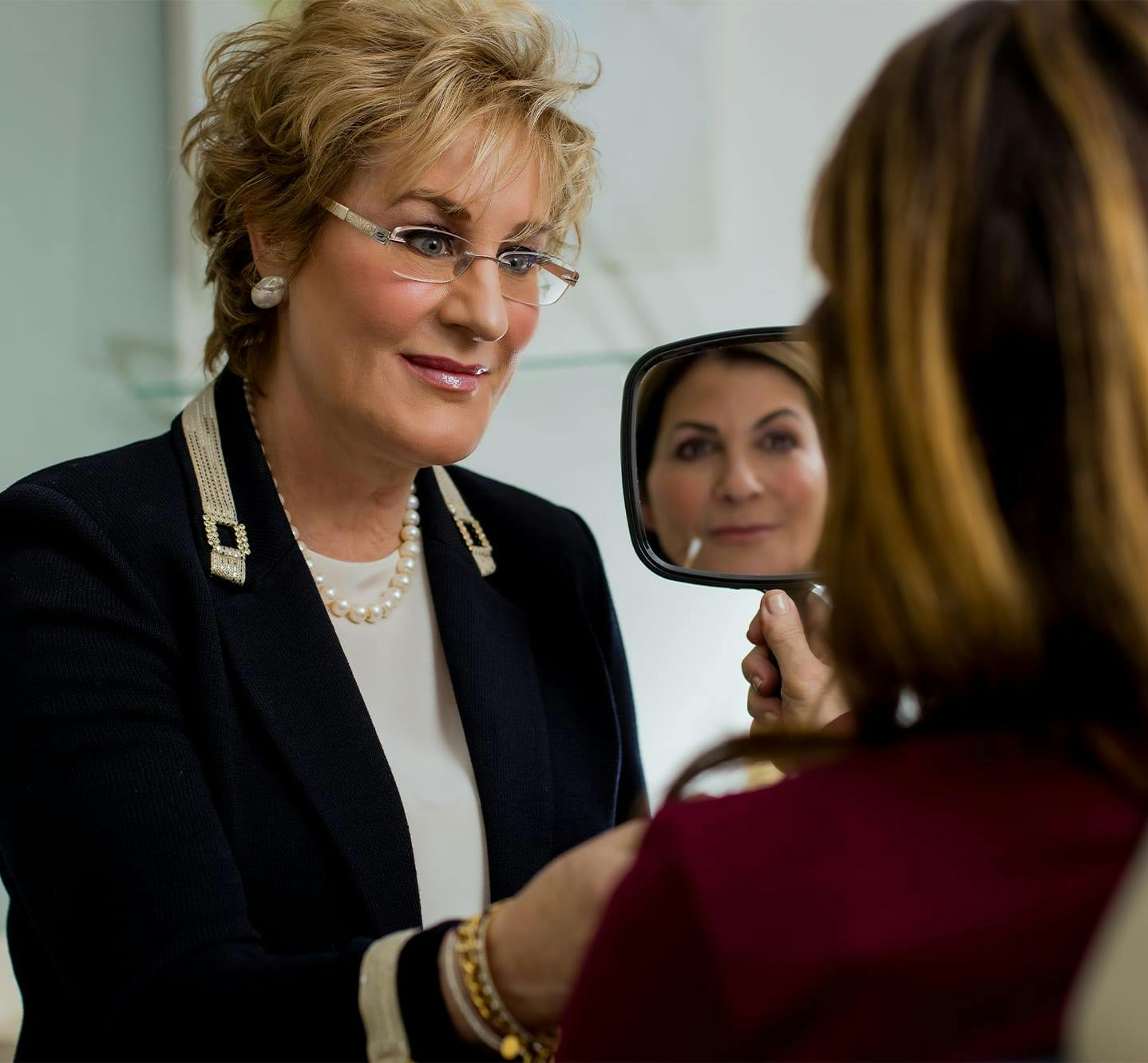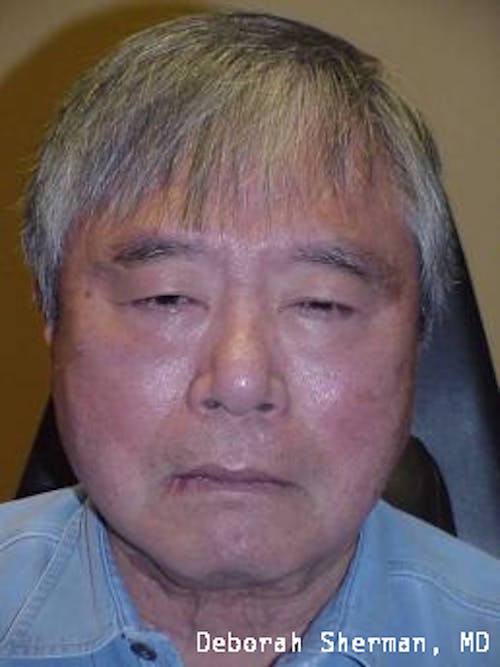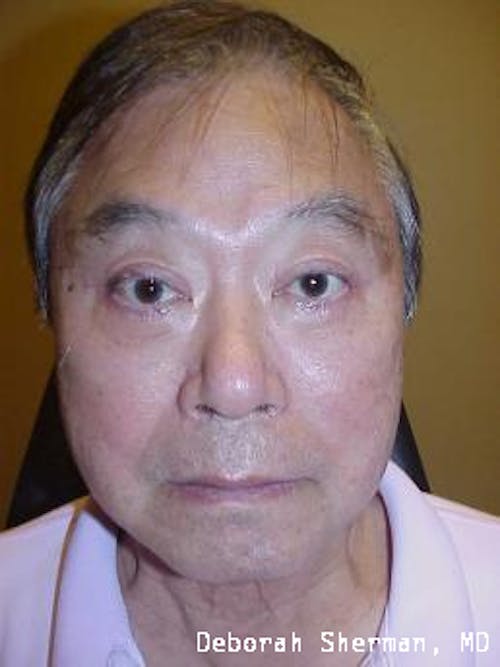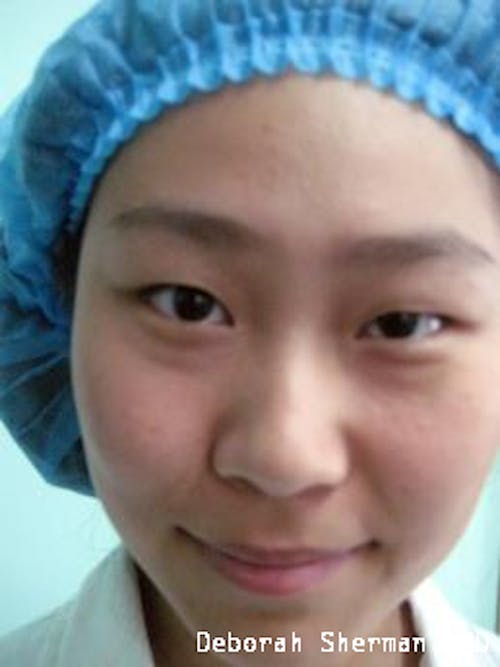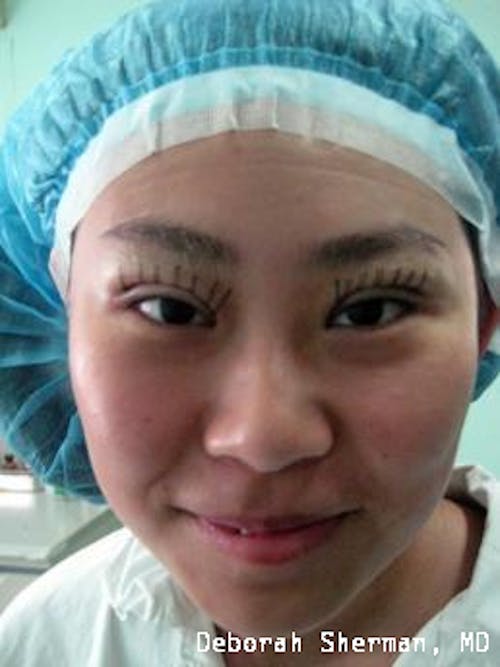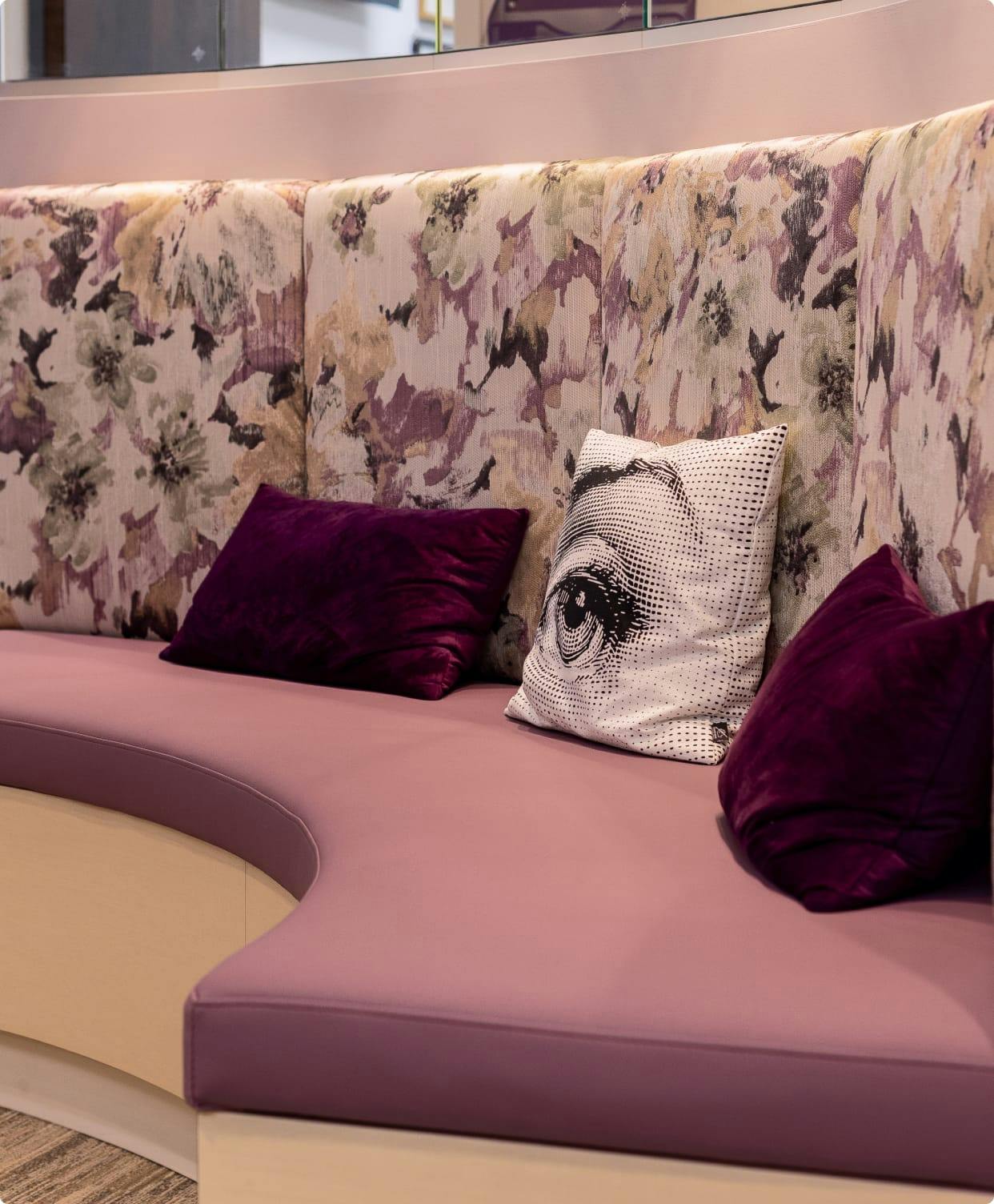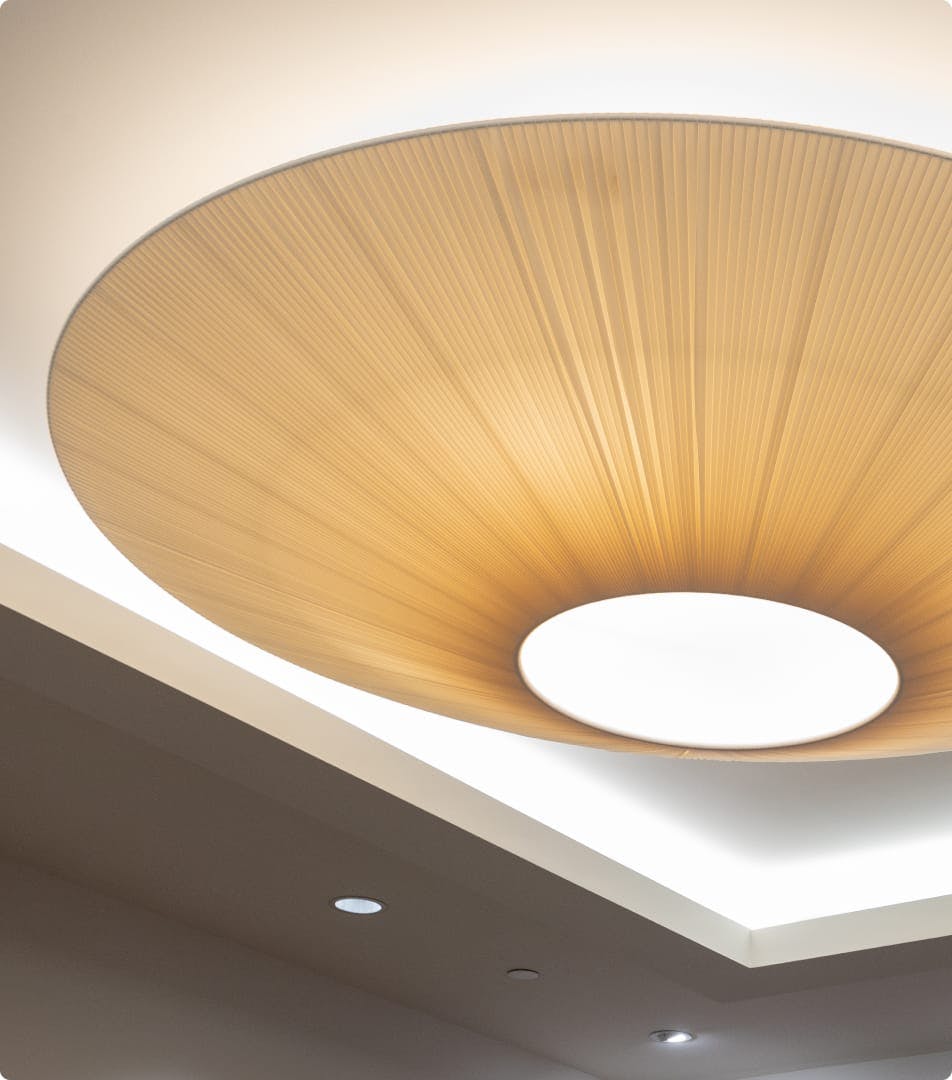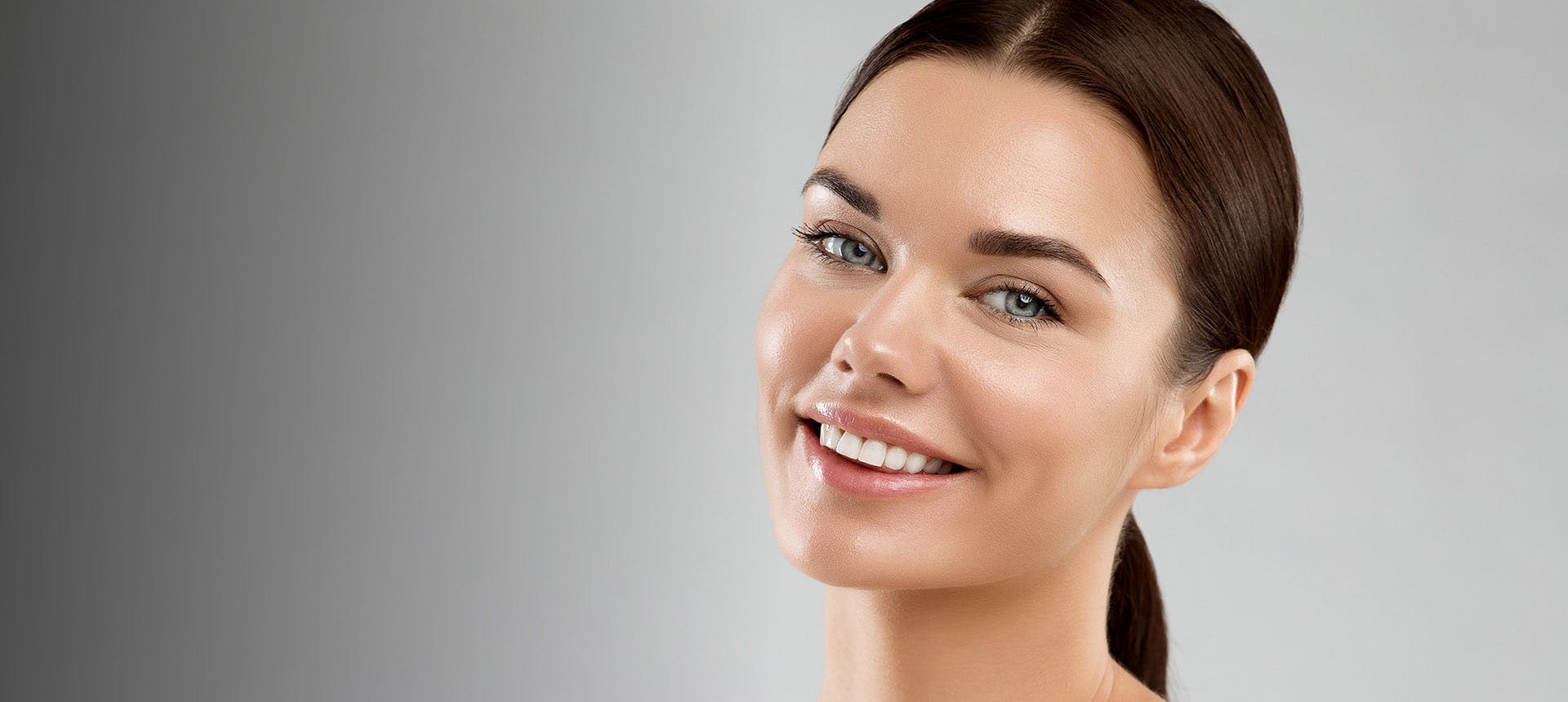Double eyelid surgery creates a crease in the upper eyelid. It is an aesthetic surgery popular among individuals who have a single eyelid without a natural crease. The goal is to enhance the eyelid contour, providing a double eyelid appearance, and it may involve removing excess skin and fat.
What Is Double Eyelid Surgery?
Double eyelid surgery creates a defined crease in the upper eyelid in order to establish the double eyelid fold. This procedure is most commonly sought after by individuals with a single eyelid without a natural crease. The double eyelid surgery involves reshaping the skin, muscle, and sometimes the underlying tissue to form a double eyelid, resulting in a more prominent upper eyelid crease. The goal is to enhance the appearance of the eyes, creating a wider and more alert look. Double eyelid surgery is a personal choice driven by individual aesthetic preferences.

